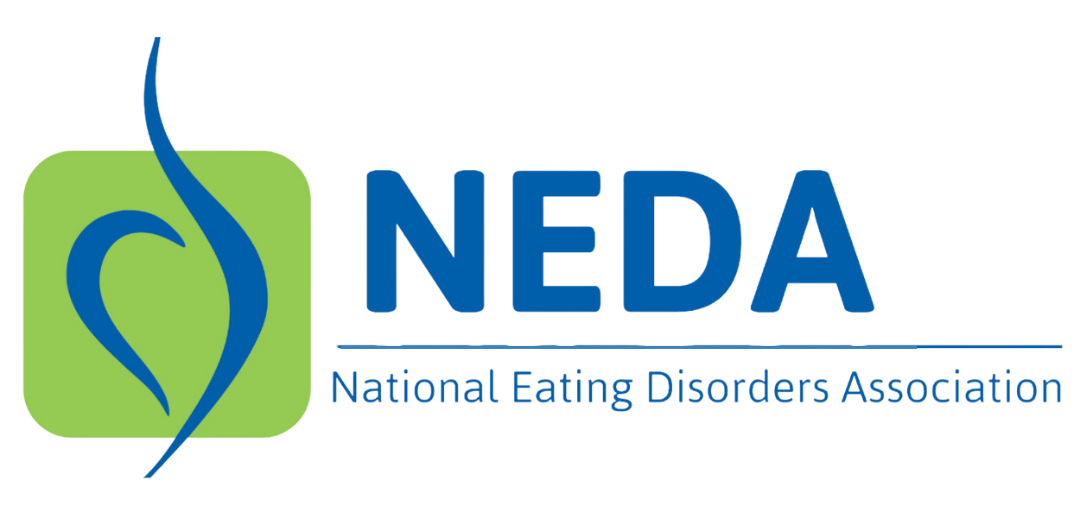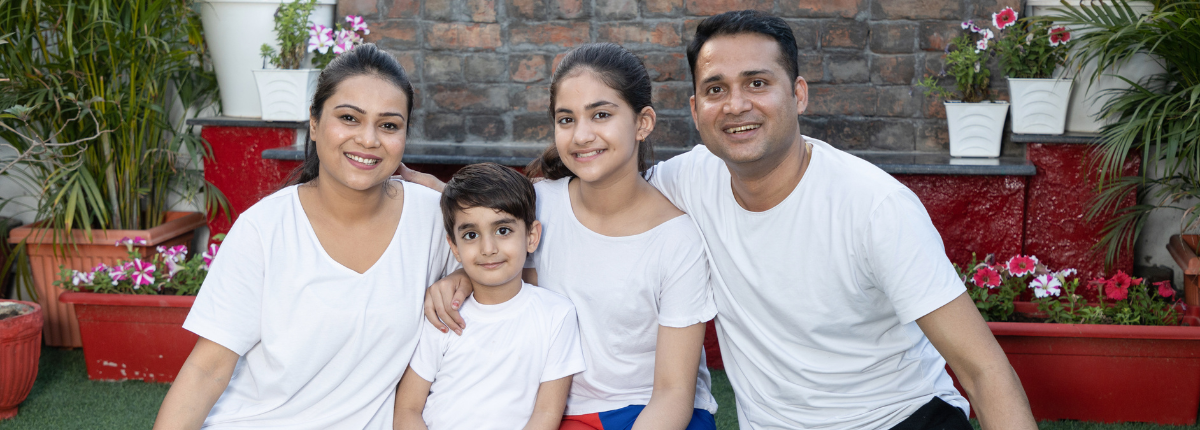There is a tendency for the media to portray eating disorders as superficial illnesses of female adolescence. The limited scope of these stories mitigates both the severe emotional and physical consequences inherent to eating disorders, as well as their prevalence across other genders and age groups.
Rarely, if ever, do we hear stories about people transitioning into adulthood while battling an eating disorder. For many, the transition to adulthood involves entering a long-term romantic relationship and raising children. Parental eating disorders are an important and oft-neglected health issue that make family interactions particularly challenging.
In this article, we present the story of a family that struggled with a parental eating disorder, told through the perspective of a mother, Lily, and her daughter, Meg.
Lily is a mother of three children, who has struggled with anorexia nervosa for over 40 years. Despite periods of partial remission during and after her pregnancies, an unfortunate constant in Lily’s life has been her eating disorder.
Meg, 29, is Lily’s only daughter. While Meg looks back fondly on much of her childhood and adolescence, her formative years are also marked by her mother’s lifelong struggle with anorexia. The experience has had a long-term impact on her, which has been negative at times, and motivational at others.
Anorexia before motherhood
It is very common for a significant life change, such as having a child, to create a window of opportunity for recovery; however, some women are triggered by the changes in weight, shape, and appetite inherent to pregnancy, and experience an increase in eating disorder behaviors. For Lily, her pregnancies were a time to “let everything go” for the good of her unborn children. As a result, she was willing and able to eat more during her pregnancies.
Immediately postpartum, Lily managed to maintain a slightly more substantial food intake in order to have the energy to breastfeed and care for her infants. However, once Lily stopped breastfeeding, her restrictive eating habits largely returned.
Raising young children while having an eating disorder
While Lily’s personal eating habits were disordered, she says that she took care to feed her children healthfully; she “always tried to have them eat healthy things – but not obsessively so…” However, because Lily’s eating and her children’s eating occupied two separate spheres within the family, family meals were not common.
Meg says that, as a child, she only noticed subtle differences between the way her family ate and the way her friends’ families ate: no junk food; no elaborate cooking; and she and her siblings ate separately from their mom and dad. Around adolescence, Meg began to notice that what Lily prepared for herself was very different from what she prepared for Meg and her brothers. She says that her “mom had weird habits with eating” – for instance, she’d pick a certain food and only eat that for an extended period of time. She remembers thinking that she could never make her mom pancakes for Mother’s Day, as she had observed many of her friends do for their moms.
According to Lily, it wasn’t until late in elementary school that her kids started to notice her unusual eating habits, “it was just the way it was…when you start off in life and your mother is a certain way, it seems normal.” Lily’s boys didn’t seem to struggle much with Lily’s eating habits or weight. With Meg, things were a bit more complicated.
Lily recalls that when Meg was in the 4th grade, she overheard Lily talking on the phone to a friend about having anorexia. The conversation greatly affected Meg: she began to pay closer attention to what Lily ate and how she looked, growing increasingly concerned with time and a deeper understanding of eating disorders. Lily tried to talk to Meg about the disorder, but she was not sure how to address this issue with her daughter, who continued to feel confused and angry.
Making sense of mom’s eating disorder
Meg also remembers growing increasingly concerned and frustrated with her mother’s eating and weight, which placed a strain on their relationship.
In high school, Meg began to struggle with food, eating and body image, eventually developing bulimia nervosa. She says that her mom’s preoccupation with weight and eating was also instilled in her, and it “still hangs over.” Meg didn’t feel that either of her parents adequately encouraged her to seek help, perhaps because they were unsure of how to approach or help her. Fortunately, Meg recovered from her eating disorder by the time she went to college. Meg is now a therapist specializing in family therapy and eating disorders.
Seeking help
Lily describes anorexia as an emotional crutch – “the eating disorder took care of all of these emotions that I didn’t want to have, I just restricted and I felt fine and in control.” She identifies this emotional attachment to the disorder as the largest impediment to seeking help. Lily always thought that her kids were doing well and that they were not affected by her disorder, so she saw no reason to begin the painstaking process of recovery.
Researchers at Stanford University are working to shed light on the prevalence of eating disorders in women of child bearing age, including the development of a family-based psychological intervention tailored to women with eating disorders who have young children. Dr. James Lock, the director of the Stanford University Eating Disorders Research Program, and Dr. Shiri Sadeh-Sharvit have designed an intervention program that addresses individual family challenges and incorporates the involvement of both parents in building healthy habits in their children. Dr. Lock says that one of the main motivations parents with eating disorders cite when they turn to treatment is their concern that their children will internalize their unhealthy eating patterns.
In the last year, Lily has started attending individual therapy sessions and has enrolled in a Dialectical Behavioral Therapy group. According to Lily, while recovery is extremely challenging, she believes that it’s worth the pain and hard work to seek help and get better. Although she says that she is “nowhere near recovered,” she has made “huge steps” towards that goal. She has made steady improvements in her weight; she is enjoying a wider array of foods; she has a better relationship with her husband; and her kids are overjoyed that she is finally on the road to recovery.
In Meg’s opinion, there is a culture around eating less and exercising more that makes eating disorders difficult for people to recognize. Furthermore, these disorders are “secretive disease[s] that people do not want to part with” – the aforementioned cultural trends only work to reinforce the insidious nature of eating disorders. Meg applauds her mom for finally seeking help and being willing to part with her disorder. According to Meg, there needs to be a more open dialogue about eating disorders and their consequences. In particular, if a family member is struggling with an illness, it is crucial that children learn to protect their personal wellbeing in that context and that their feelings around watching their loved one struggle are fully validated.
Recently, more health professionals have become aware of the prevalence, as well as the unique struggles, of mothers with eating disorders. Lily says that when she was a young mother, adult eating disorders were not on anyone’s radar, neither that of medical professionals nor the general public. Stigma and a scarcity of resources encouraged a culture of suffering in silence. If she could do it all over again, she says she would seek help for her and her family. While she was not ready to recover herself, the entire family would have benefited from psychoeducation regarding how to help the kids healthfully navigate food and cope with their mother’s illness.
According to Dr. Sadeh-Sharvit, “building healthy eating habits in the early years is more effective, and likely prevents future problems.” Dr. Sadeh-Sharvit also highlights the importance of taking a non-judgmental stance when working with parents with histories of eating disorders: “Our stance is that all parents want only the best for their kids. And parents who have eating disorders, just like other parents, have very good intentions; the only difference is that parents with eating disorders often need some short-term focused guidance on managing their concerns and dilemmas around food, as well as communicating with their spouses on how their habits may impact their family.”
Lily and Meg have decided to share their family’s story with the world, in hopes that it may shed some light on this secretive, heavily stigmatized, and often mischaracterized illness, and that it will inspire young mothers struggling with eating disorders to get help sooner, rather than later.
Madeline R. Sacks is a recent graduate from Stanford University with a BA in Psychology. She works as a research assistant for the Eating Disorders Research Program in the Department of Psychiatry and Behavioral Sciences at Stanford University. She intends to pursue her PhD in Clinical Psychology and is most interested in how culture and society influence mental health.
* This story was prepared with the help of Kaylee Blevins





